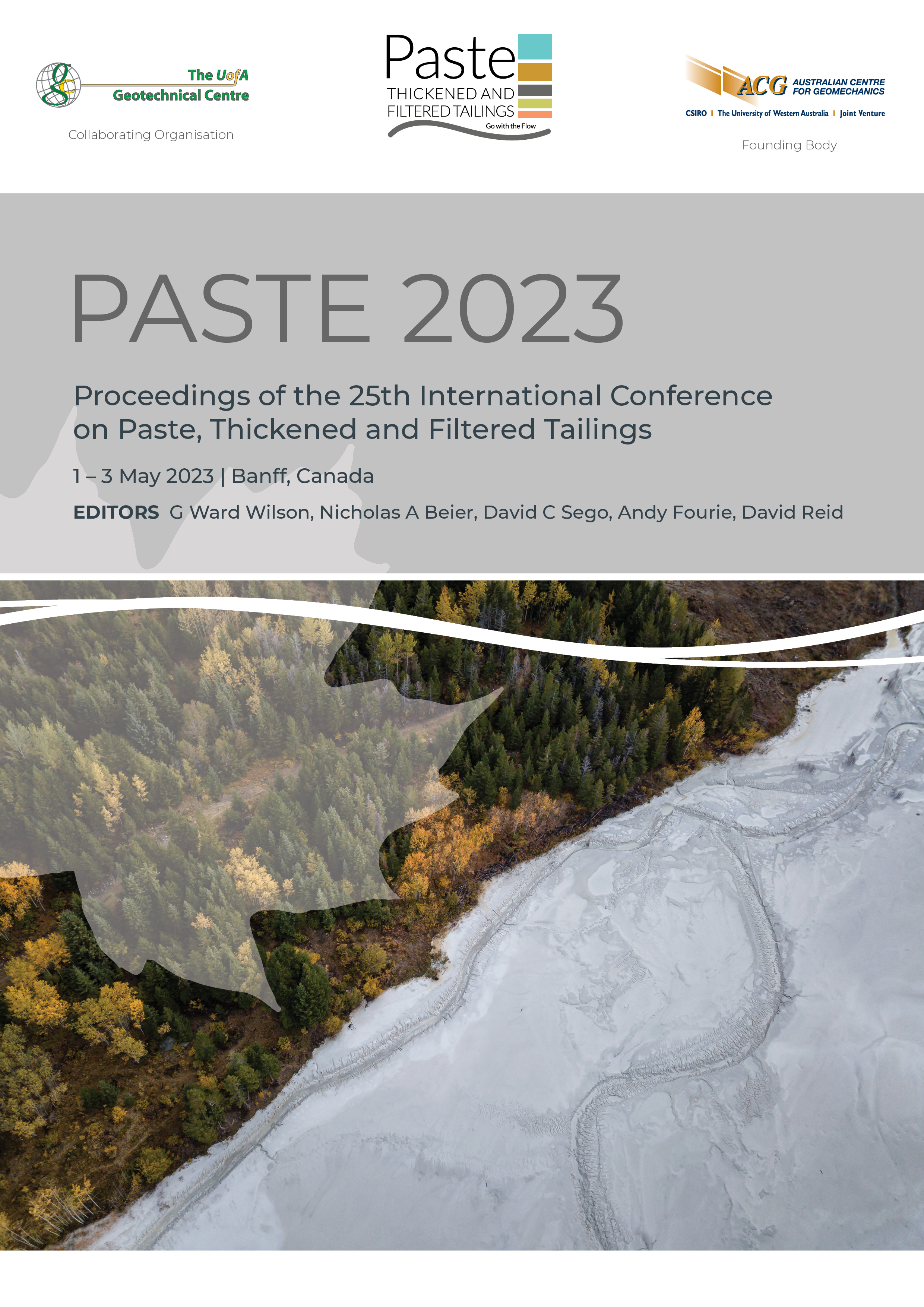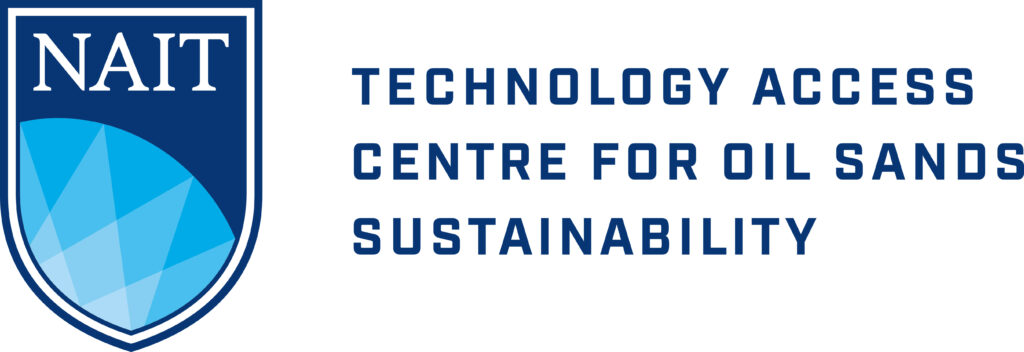Handling dewatered tailings: the three root causes of poor material discharge and bin hang-ups

|
Authors: Bundalli, J; Vaile, D |
DOI https://doi.org/10.36487/ACG_repo/2355_66
Cite As:
Bundalli, J & Vaile, D 2023, 'Handling dewatered tailings: the three root causes of poor material discharge and bin hang-ups', in GW Wilson, NA Beier, DC Sego, AB Fourie & D Reid (eds), Paste 2023: Proceedings of the 25th International Conference on Paste, Thickened and Filtered Tailings, Australian Centre for Geomechanics, Perth, pp. 828-840, https://doi.org/10.36487/ACG_repo/2355_66
Abstract:
Dewatered tailings can be among the most difficult flowing bulks solids found in the mining industry. Understanding the scientific principles that guide good bin and feeder design for difficult flowing cohesive materials, such as dewatered tailings, is key to knowing how to design an appropriate storage and feed system capable of reliably handling these materials. In the late 1970s, Kamengo launched a 15-year research programme to understand and resolve the root causes of bin plugging, including for handling difficult flowing cohesive bulk solids such as dewatered tailings. The research showed that good bin design centres on choosing the correct geometry for the storage bin using the flow properties of the stored material. The standard for a correctly designed storage bin is that with the feeder removed, it should self-empty with only the aid of gravity. The research also showed that the feeder can be a significant culprit in creating plugging problems in a storage bin – including storage bins with correct geometry. First, conventional feeders have a tendency to compact the stored material. With many cohesive bulk solids, when you compact them, they gain strength very quickly. And the more shear strength a bulk solid has, the wider the opening it can bridge over. When compacted enough, a cohesive bulk solid will develop the strength to bridge over the feeder. Second, conventional feeders have a tendency to withdraw material selectively from the storage bin’s discharge outlet. Uneven discharge promotes a first-in, last-out discharge pattern. This is problematic because most cohesive bulk solids, including dewatered tailings, will not reliably discharge in a first-in, last-out discharge pattern. In summary, the research demonstrated that a reliable storage and feed system handling cohesive bulk solids requires both: a) a storage bin with correct bin geometry; and, b) a feeder that withdraws material evenly from the entire discharge opening of the storage bin.
Keywords: bulk solids handling, bin plugging, chute plugging, material compaction, uneven discharge, mass flow, funnel flow, discharge feeder, tall bin, dewatered tailings
References:
Bundalli, N, Morgan, D & Martinez, O 1983, Bin and Silo Design for Biomass Materials – Phase 2, BC Research Canada, BCR-091983; CE-01603, N. p.
Jenike, AW 1964, ‘Storage and Flow of Solids’, Bulletin 123 of the University of Utah Engineering Experiment Station, vol. 53, no. 26.
© Copyright 2025, Australian Centre for Geomechanics (ACG), The University of Western Australia. All rights reserved.
View copyright/legal information
Please direct any queries or error reports to repository-acg@uwa.edu.au
View copyright/legal information
Please direct any queries or error reports to repository-acg@uwa.edu.au



